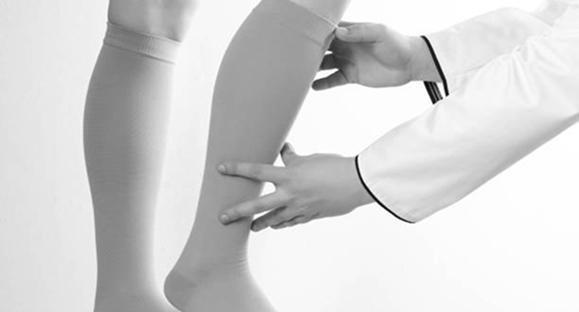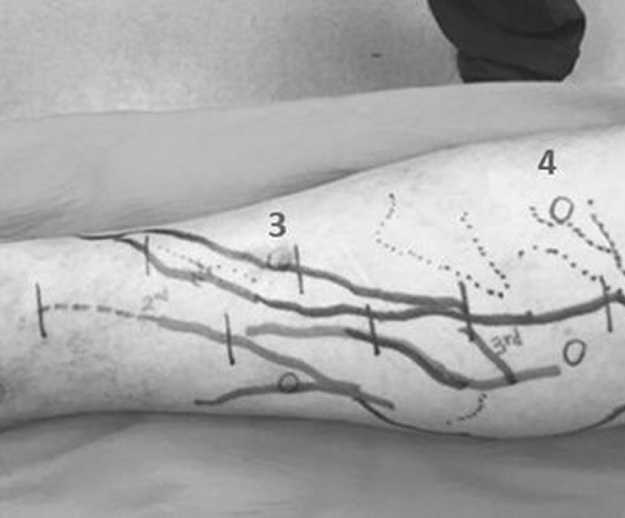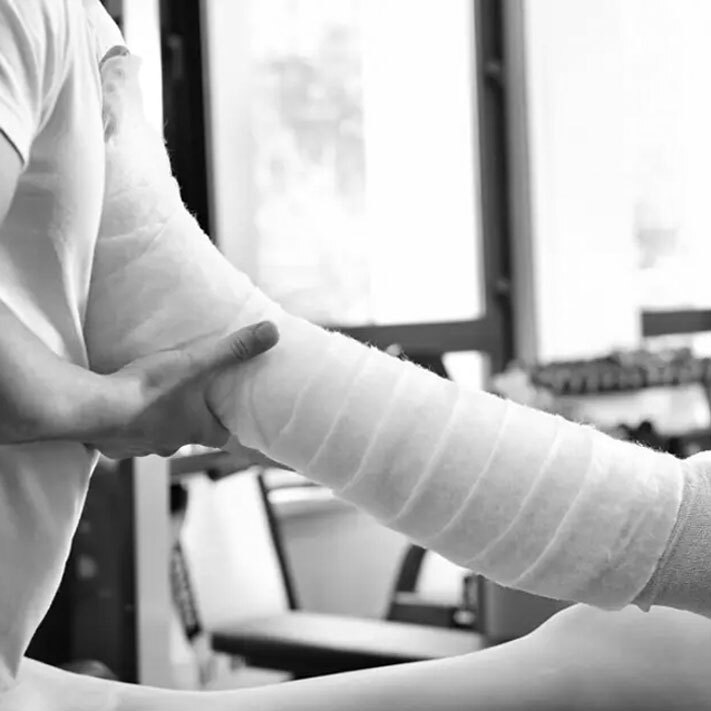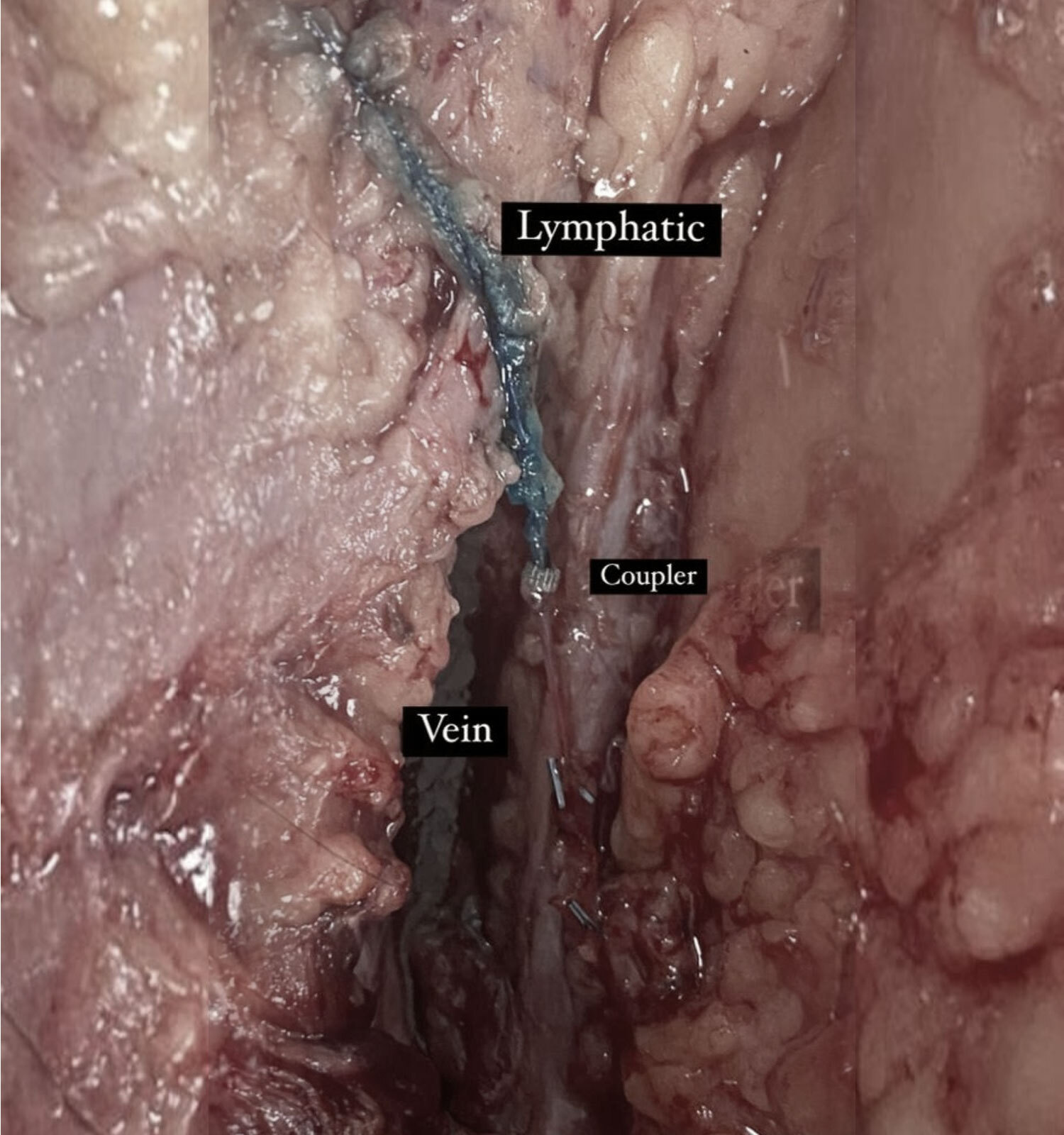Lymphoedema
Lymphoedema is a chronic condition that occurs when there is a build-up of lymphatic fluid in the tissues, leading to swelling and discomfort. It can occur in any part of the body, but is most commonly seen in the arms or legs. Lymphoedema is typically caused by damage or obstruction to the lymphatic system, which is responsible for draining fluid from the tissues and transporting immune cells throughout the body. This damage can be caused by surgery, radiation therapy, infection, or other factors. There is no cure for lymphoedema, but it can be managed with a combination of therapies, including compression garments, manual lymphatic drainage, exercise, and skin care. In some cases, surgery or other interventions may be necessary to manage the condition.

Immediate Lymphatic Reconstruction
Liposuction for Lymphoedema

ICG Lymphography
Lymphoedema screening
Surgical procedure for Lymphoedema
There are several surgical procedures available for the treatment of lymphoedema, including:

1. Lymphaticovenous anastomosis (LVA): This procedure involves connecting small lymphatic vessels to nearby veins, allowing excess lymphatic fluid to flow into the bloodstream and be eliminated from the body. LVA is a minimally invasive procedure that can be performed under local anaesthesia, and has a high success rate in reducing lymphoedema symptoms.
2. Lymph node transfer: This procedure involves transferring healthy lymph nodes from one part of the body to the affected area, in order to improve lymphatic drainage and reduce swelling. Lymph node transfer is typically performed under general anaesthesia, and may require a hospital stay for recovery.
3. Liposuction: In some cases, liposuction may be used to remove excess fat and tissue from the affected area, which can improve lymphatic flow and reduce swelling. Liposuction is typically performed under general anaesthesia, and may require a period of recovery and rehabilitation.
4. Excisional procedures: In severe cases of lymphoedema, surgical removal of the affected tissue may be necessary in order to reduce swelling and improve mobility. This type of surgery is typically performed under general anaesthesia, and requires a longer recovery period than other surgical procedures.
Book a Consultation
Your care journey begins with a thorough assessment. You’ll be guided through every available options , helping you make informed and confident decisions for your well-being.
Take the first step—book your consultation today.

